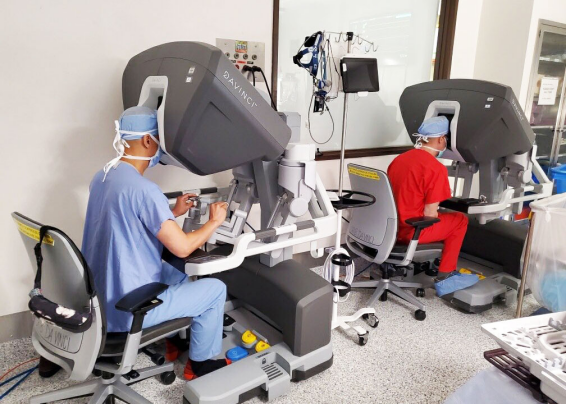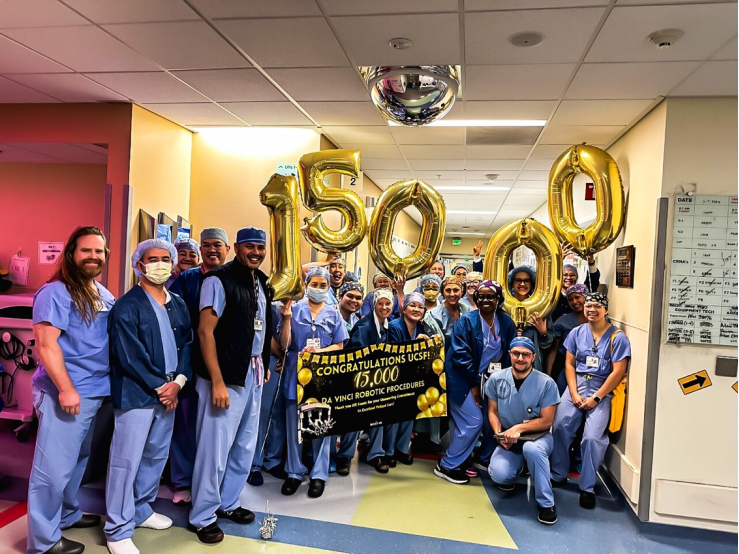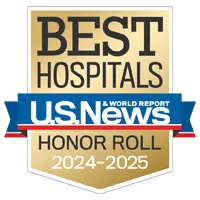
Advantages of Robotic-Assisted Surgery
-
Smaller incisions -
Less scarring
-
Less pain
-
Faster recovery
-
Lower risk of postoperative infection
Significant Milestone—UCSF Completes 15,000 Robotic-Assisted Surgeries

Embracing Innovative Robotic-Assisted Surgical Patterns

Why Choose UCSF for Robotic Surgery?
-
Cancer surgery -
Cardiac surgery
-
Gastrointestinal surgery
-
Gynecological surgery
-
Neurosurgery
-
Orthopedic surgery
About UCSF Medical Center
The University of California, San Francisco (UCSF) focuses on health sciences, committed to promoting global health through advanced biomedical research, life sciences, and graduate education in health professions, as well as excellence in patient care.
UCSF is recognized as one of the world’s leading research universities, fostering a culture of collaboration focused on understanding, preventing, and treating diseases. UCSF is the public medical institution receiving the largest funding support from the National Institutes of Health (NIH).
From new discoveries about controlling the AIDS epidemic to innovative responses to the COVID-19 pandemic, to laying important foundations for today’s biotechnology industry with recombinant DNA technology, UCSF scientists are leading a revolutionary change in the field of medicine.
